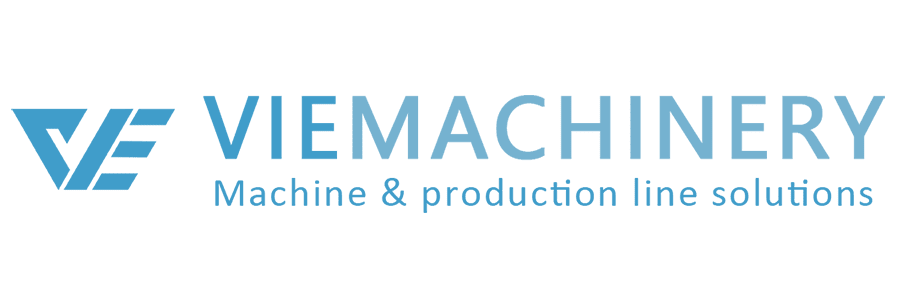Stretch films, commonly known as stretch wraps, play a crucial role in packaging, securing items for storage, and ensuring safe transportation. These films are made from linear low-density polyethylene (LLDPE), which provides the necessary stretchability and resilience. This article explores the different types of stretch films, their applications, and the benefits they offer across various industries.
Types of Stretch Films
Manual Stretch Films
Manual stretch films are designed for hand application, making them ideal for smaller operations or businesses that require flexibility in their packaging processes. These films are typically used in environments where packaging volume is moderate, and the need for specialized equipment is minimal. Manual stretch films are user-friendly and cost-effective, offering a straightforward solution for bundling and securing items.
Machine Stretch Films
Machine stretch films are used with stretch wrap machines, providing a more efficient and consistent application for high-volume packaging needs. These films are perfect for large-scale operations, such as warehouses and distribution centers, where speed and uniformity are critical. The use of stretch wrap machines not only enhances productivity but also ensures that the load is securely wrapped, reducing the risk of damage during transportation.
Specialized Stretch Films
Specialized stretch films, such as DuraSeal™, offer additional benefits like durability and solvent resistance. These films are tailored for specific applications that require extra protection against environmental factors, chemicals, or rough handling. For instance, DuraSeal™ stretch films are ideal for securing items that will be exposed to harsh conditions or require a higher level of protection during transit.
Applications of Stretch Films
General Packaging
Stretch films are widely used for general packaging purposes, providing an effective way to bundle and secure products. This application is common in industries such as retail, manufacturing, and logistics. The films help protect items from dust, dirt, and moisture, ensuring that they reach their destination in optimal condition.
Heavy-Duty Bundling
For more demanding applications, heavy-duty stretch films offer the strength and durability needed to secure larger and heavier loads. These films are designed to handle the stress of transporting bulky items, making them ideal for industries such as construction and automotive. Heavy-duty stretch films ensure that the load stays intact, preventing shifting and potential damage.
Specialized Laboratory Applications
In laboratory settings, specialized stretch films are used to secure sensitive equipment and materials. These films provide an extra layer of protection against contamination and environmental factors. For example, laboratory stretch films can be used to wrap and seal scientific instruments, ensuring that they remain sterile and uncontaminated.
Benefits of Using Stretch Films
Enhanced Load Stability
One of the primary benefits of using stretch films is the enhanced load stability they provide. By tightly wrapping items, these films prevent shifting and movement during transportation, reducing the risk of damage. This stability is crucial for maintaining the integrity of the products and ensuring that they arrive safely at their destination.
Cost-Effective Solution
Stretch films offer a cost-effective packaging solution, especially when compared to other methods like strapping or shrink wrapping. The materials used in stretch films are relatively inexpensive, and the application process is straightforward, reducing labor costs. Additionally, stretch films are recyclable, making them an environmentally friendly option.
Versatility
Another advantage of stretch films is their versatility. They can be used across various industries and for different packaging needs, from securing small packages to bundling large pallets. Stretch films can also accommodate different shapes and sizes, providing a flexible solution for diverse applications.
Frequently Asked Questions (FAQs)
What is the primary material used in stretch films?
The primary material used in stretch films is linear low-density polyethylene (LLDPE), which provides the necessary stretchability and resilience for effective packaging.
What are the different types of stretch films?
There are three main types of stretch films: manual stretch films, machine stretch films, and specialized stretch films like DuraSeal™. Each type caters to specific packaging needs and applications.
How do stretch films enhance load stability?
Stretch films enhance load stability by tightly wrapping items, preventing shifting and movement during transportation. This helps maintain the integrity of the products and reduces the risk of damage.
Are stretch films cost-effective?
Yes, stretch films are cost-effective compared to other packaging methods. The materials are inexpensive, and the application process reduces labor costs. Stretch films are also recyclable, adding to their cost-effectiveness.
Can stretch films be used in specialized applications?
Yes, specialized stretch films are available for applications that require extra protection, such as in laboratory settings or for items exposed to harsh conditions. These films offer additional benefits like durability and solvent resistance.
In conclusion, stretch films are an indispensable tool in the world of packaging, offering a versatile, cost-effective, and efficient solution for securing items. Whether for manual or machine application, or for specialized needs, stretch films ensure that products are protected and stable during storage and transportation. By understanding the different types and applications of stretch films, businesses can optimize their packaging processes and enhance the safety of their products.

